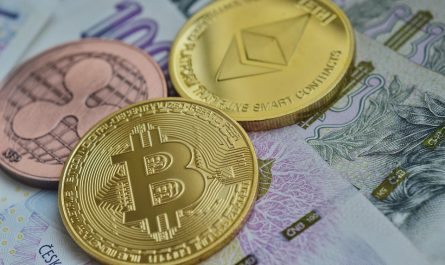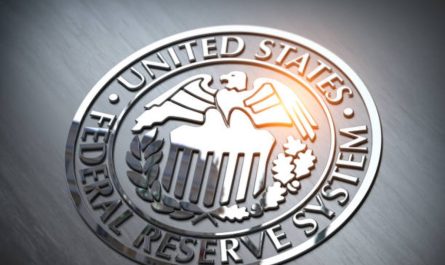On Tuesday, the Russian rouble remained steady against the US dollar, as market players were assessing the impact of the latest batch of sanctions imposed against Moscow. Investors were also focused on a rate cut from the central bank later in the week. The rouble was unchanged against the dollar at 1055 GMT at a price of 61.01, thanks to Russia’s capital controls. After going through some rapid fluctuations in the previous month, the currency has remained within the 60.0 and 62.5 range. Analysts had predicted that the Russian rouble would consolidate against the US dollar in the 60-62 range on Tuesday.
There was a 0.6% gain in the Russian rouble against the euro, as it was trading at a value of 64.71. Soon after Russia had sent its forces in Ukraine on February 24th, the country had imposed capital controls for protecting its financial system, which drive the rouble on the Moscow Exchange. However, the Russian currency has remained weak at banks. The second-largest Russian lender, VTB made an offer of selling cash euros and dollars for 87 and 82 roubles, respectively. The main focus are the sanctions against Russia and the country’s efforts to fulfill its sovereign debt obligations. Last week, countries of the European Union had come to an agreement on the six package of sanctions to be imposed against Moscow.
This is in light of the so-called ‘military operation’ that it has launched in Ukraine. The latest batch of sanctions included an import ban on all petroleum and crude oil products from Russia in the coming six to eight months. Russia had been planning to service its Eurobonds via the National Settlement Depository (NSD), but the entity found itself on the sanctions list of the EU and announced that all transactions in euro would be suspended.
On Tuesday, reports indicated that finance ministry payments had not reached investors on Eurobonds that are due in 2026 and 2036. These transactions had been initiated before a waiver from the US that disallowed them in the previous month. As far as the Russian debt market is concerned, it saw an 8.8% decline in the 10-year OFZ treasury bonds yield, bringing them to their lowest value since January 13th this year. This is because the market is keeping an eye out on the central bank meeting later this week for deciding the interest rate. Bond yields have an inverse relationship with prices.
According to most analysts, a rate cut of about 100 basis points is expected in Friday’s meeting, as the bank attempts to promote lending because of a halt in inflation and slowing consumer demand. There was also a decline in the country’s stock indexes. A 1.1% fall was recorded in the RTS index that is dollar-denominated, while the MOEX index fell by 1%. This brings it to its lowest value since May 24th. Market analysts said that Russian stocks would remain under pressure, primarily because of the sanctions imposed until their impact can be evaluated.
















